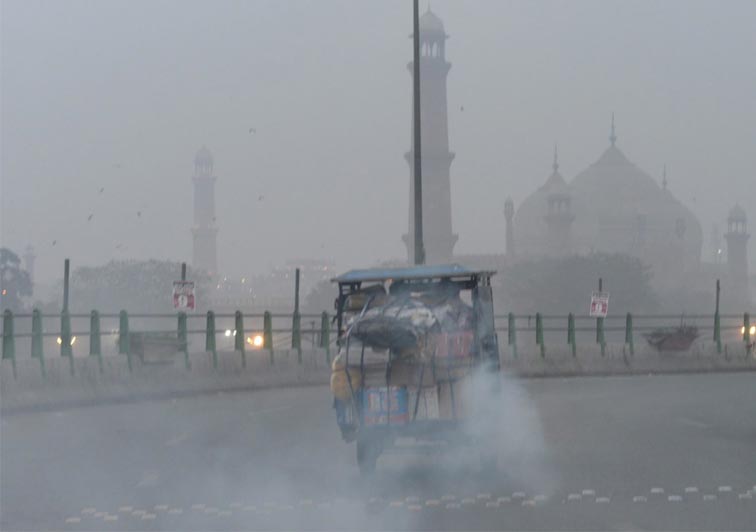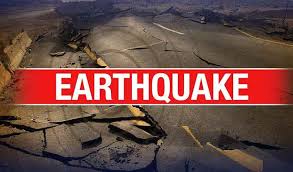The Islamic Republic of Pakistan is a country hugged by economic giants; India and China. It has a population of 212.2 million people, making it the world’s fifth most populated country. However, Pakistan’s pollution levels have been relatively low in the past.
Nevertheless, many of its metropolises produce massive amounts of smoke, haze, and lethal fog that penetrates the air, causing many problems for its residents. So let’s discuss what AQI means, where Pakistan stands, and how it affects many Pakistanis’ health.
Defining AQI
Government bodies apply an air quality index to explain how contaminated the air is now or how polluted it is expected to become. As the AQI grows, so do the hazards to public health. Different nations get their air quality indices, which correlate to various air quality standards.
How Does AQI Get Health and AQI (Air Quality Index) of Pakistan
Measured
The air quality index is derived using averages of all pollution levels recorded throughout a whole hour, 8 hours, or day. For example, to construct an hourly air quality index, use the average amount of 90 observed pollutant concentration data points from a complete hour.
What Is The Difference Between Good AQI And Bad AQI
Consider the AQI to be a measure with a scale of 0 to 500. The greater the AQI number, the more polluted the air is and the higher the health risk. For example, an AQI value of 50 indicates acceptable air quality with a low risk to public health, but an AQI number of more than 300 indicates dangerous air quality.
An AQI score of 100 usually aligns with the pollutant’s air quality standard, which is the range set by the EPA to safeguard public health. AQI readings less than 100 are typically regarded as acceptable. When AQI values exceed 100, air quality is deemed unhealthy—first for particularly vulnerable groups of individuals, then for everyone as AQI values rise.
The AQI gets divided into six categories:
- 0-50 – Good
- 51-100 – Moderate
- 101-150 – Unhealthy for Sensitive Groups
- 151 to 200 – Unhealthy
- 201 to 300 – Very Unhealthy
- 301 to 500 – Hazardous
AQI Of Pakistan
In 2020, the AQI of Pakistan was 153 AVG. US AQI, which places it at high risk. Pakistan has a long way to go to get off the top place on the list of most polluted nations globally, with reading nearly double that of China.
Major cities, including Lahore, Karachi, Gujranwala, and Faisalabad, are among the most polluted. These figures position them at the upper end of the unhealthy range, making the pollution levels harmful and severe for all members of society.
What Is Causing The Pollution
Pakistan’s air pollution gets generated by a mixture of vehicular and industrial emissions, soot from brick kilns, agricultural residue and general trash burning, and dust from building sites.
Other sources of pollutants include massive tree removal to make way for new highways and structures. In addition, winter air quality is harsher because of temperature inversion, which creates a layer of warm air that prevents pollutants from ascending and trapping them.
Is the Pakistani government publishing real-time air quality data?
As of November 2019, Pakistani authorities failed to release real-time PM2.5 air quality data. Instead, the information is entirely sourced from non-government sensors and the US State Department. The US Embassy in Islamabad and the three US Consulates in Karachi, Lahore, and Peshawar began monitoring and sharing real-time PM2.5 data online in the first half of 2019.
What Pollutants Contributes To the Bad AQI
Black carbon is a central feature of soot. It is frequently seen coating places with heavy traffic, with motorways, underpasses, and roadsides in big city centers possessing large amounts of black dust on them, full of black carbon that is highly harmful for many reasons.
Other elements present in Pakistani air include nitrogen dioxide (N02) and sulfur dioxide (SO2), both of which are emitted by cars, with nitrogen dioxide being especially prevalent in high-traffic regions. Other chemicals include (VOCs) such as benzene, labeled as ‘volatile’ due to their ability to turn into gases at low temperatures.
Health Hazards Of Bad AQI
Air quality in Pakistan has become a more serious health problem than smoking, TB, and insufficient water and sewage, decreasing the human life span more than any of the three stated causes.
Children are more vulnerable in this condition, as air pollution kills one out of every ten children under five. Furthermore, air pollution aggravates children’s and adults’ respiratory issues, causes pediatric cancer, and influences cognitive development. In addition, premature births can result from expectant mothers getting exposed to higher levels of pollution.
According to World Health Organization recommendations, Pakistan’s air quality is dangerous; the most current statistics show that the country’s mean annual concentration of PM2.5 is 58 g/m3, which exceeds the acceptable level of 10 g/m3.
- Short Term Symptoms
Short-term symptoms of air pollution exposure include irritated eyes, nose, and throat, headaches, nausea, wheezing, shortness of breath, chest discomfort, coughing, and upper respiratory infections. It also worsens asthma and emphysema.
- Long Term Symptoms
Long-term consequences include lung cancer, cardiovascular disease, chronic respiratory illness, and allergy development. Air pollution has also gotten linked to heart attacks and strokes.
Are There Any Improvements In The Air Quality Of Pakistan?
Based on data collected in the last few years, it appears that general air pollution levels in Pakistan have reduced, with certain outliers, such as Karachi, showing worse figures in recent years than in previous years.
While air pollution is still a significant threat to the country’s population, figures are improving, with Faisalabad showing a substantial improvement from previous years. The city of Lahore is making some of the most notable enhancements, eventually falling to 89.5 g/m3 in 2019.
While it’s still a problematic value, it has improved by 43.7 g/m3 and over the past few years, a figure that, on its own, would indicate a high level of pollution in a city. As previously said, all towns save Karachi have improved, but Pakistan does have a long way to go if it wants to get out of its terrible rut.
Conclusion
Pollution is a significant problem in Pakistan. The AQI of Pakistan suggests that the people of Pakistan get exposed to extreme levels of toxic chemicals daily. There are many causative factors to this dilemma, including factory soot, smoke from vehicles, and other miscellaneous sources of pollutants.
Low-income employees, such as miners, construction workers, labourers, farmhands, and disadvantaged groups, are more vulnerable because of the nature of their employment; they must be exposed to dangerous air all day. The government of Pakistan needs to take many drastic steps to ensure the safety of the people of Pakistan; we have a long way to go.






